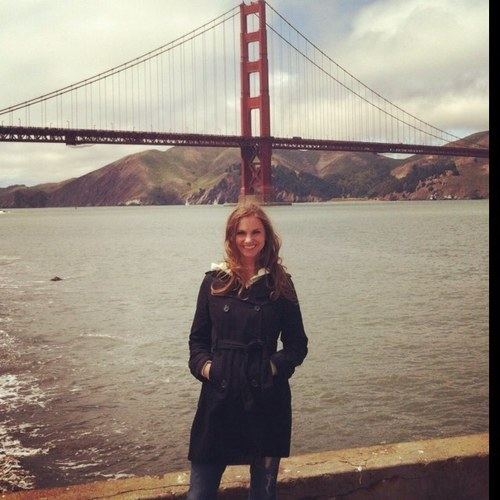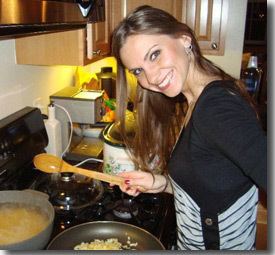Name Eileen Barnes | ||
 | ||
Eileen Barnes (1876 - 1956) was a notable and highly acclaimed botanical artist, well known for her definitive and accurate depictions of Ireland's plant life.
Contents

Early life
Eileen Barnes was born in 1876 in her parent's home at 137 Great Britain Street (now Parnell Street), Dublin. She was the youngest child of Edwin and Elizabeth Barnes (née McKay). Her father was a grocer and wine merchant who had premises on Great Britain Street and at 57 Camden Street. Barnes attended Rutland School for Girls in Dublin, going on to enrol in the Dublin Metropolitan School of Art in 1898 and 1899. She appears to have received an Art Teacher's Certificate in 1899. Immediately after leaving the School of Art Barnes worked as a governess in County Tipperary, teaching the two daughters of Anna Maria Cooper-Chadwick.
Career
She spent most of her career working with the National Museum of Ireland's natural history and antique's division, helping the naturalist Robert Lloyd Praeger and botanist Matilda Knowles, as well as creating models for the museum's exhibits. Her association with the Natural Museum in Dublin appears to have begun in 1907, when she is recorded as donating models of the eggs of a platypus. By 1909 she appears to be working in the museum, setting up exhibition cases, constructing models of natural habitats, and wax models. Many of these examples, such as the rock pool and mammal displays that are still exhibited on the ground floor of the Natural History Museum, are believed to be her work. Her formal position within the Museum is unclear, with her at times being referred to as a staff member or the "Museum Artist".
Barnes illustrated cephalopoda for Annie Massy, such as those collected by the 1910-1913 British Antarctic expedition. She undertook similar illustration work for the sponge expert, Jane Stephens, illustrating a number of her publications. She also illustrated the Foraminifera collected during the Clare Island Survey. Her work was highly regarded by Praeger, who even went as far as to name one of his plants after her (Sedum barnesianum). Barnes' works have been featured in numerous books and monographs, and still highly regarded today, especially her sedums (stonecrops) and sempervivums (house leeks). She worked with Robert Francis Scharff to reconstruct and illustrate specimens of the Giant Irish deer. Barnes also undertook some cartographic work with the Geological Survey of Ireland, and restoration of archaeological artefacts from the Royal Irish Academy.
Barnes was a member of the Dublin Naturalists' Field Club from 1913. It is believed she collected specimens of lichen, with one specimen found in the herbarium of the Irish National Botanic Gardens (Ireland).
Later life and death
Barnes retired from her work with the Museum at some point after March 1947, though continued to restore artefacts on behalf of the Museum into the 1950s. She lived with her mother and siblings until their deaths. None of her five siblings who reached adulthood married, meaning that Barnes had no close family when she died in 1956. Neither Barnes birth or death was officially registered, with her date of death remaining undocumented until 2015. She was admitted to Sir Patrick Dun's Hospital on the 13 February 1956, undergoing an operation to "extensive burns" on the 27 February. She later died on 12 March, and was buried alongside her siblings Herbert and Edith on 14 March 1956.
